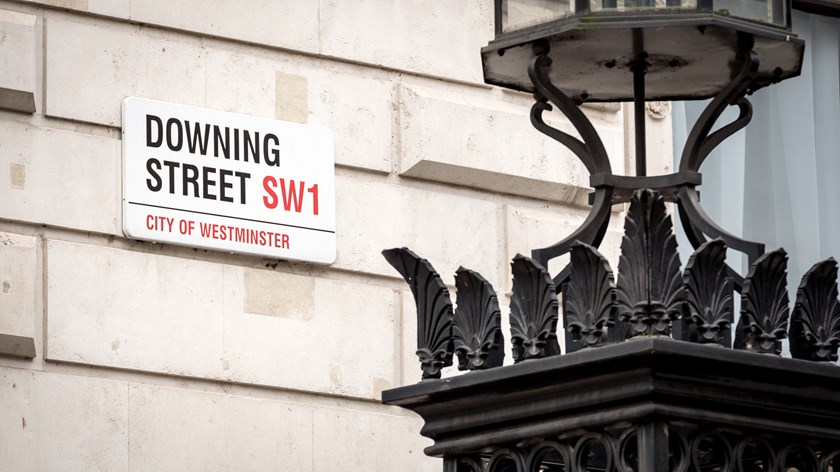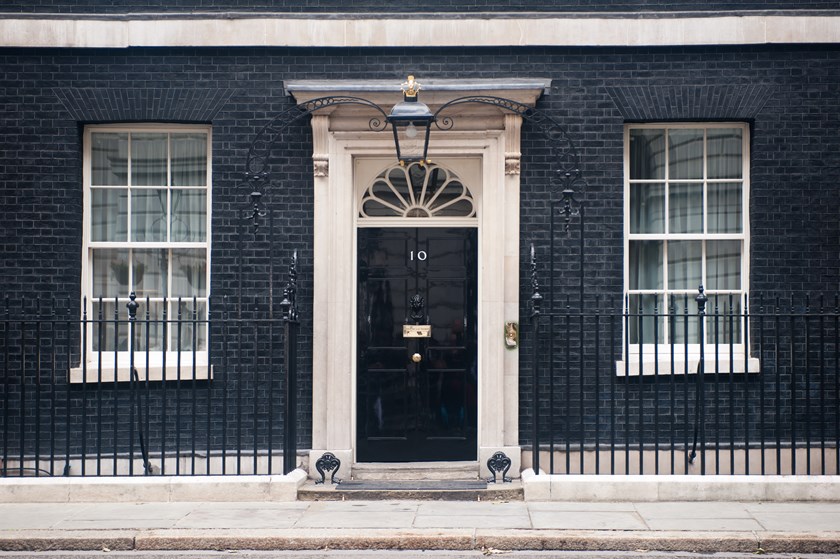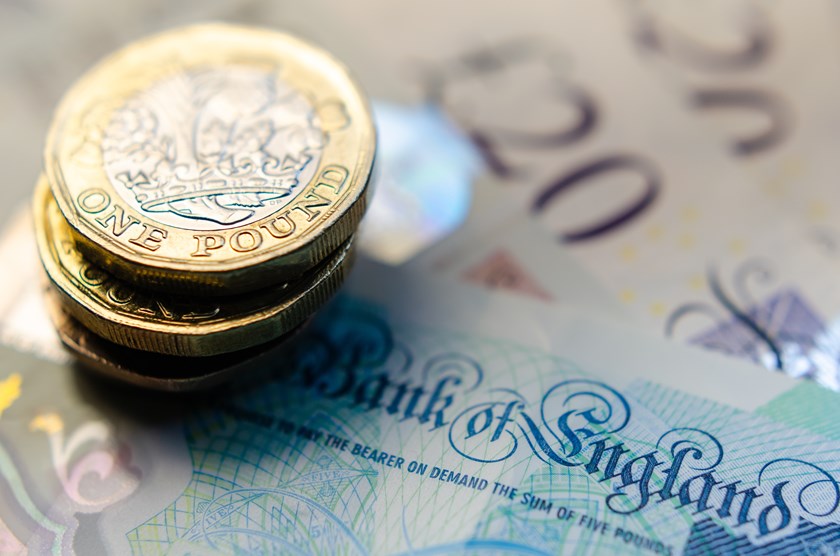VAT and Property: what is an option to tax and why does it matter?
Insight

The vast majority of commercial properties in the UK have been opted to tax by their owners. At face value, some might regard this as counterintuitive. After all, why would a property owner elect to charge its tenants and buyers VAT when they do not have to?
Why opt to tax?
Our previous article hints at why property owners choose to opt to tax. By charging VAT on sales and other supplies of their property, landlords should be able to recover VAT which they incur on their own property-related costs. This might include VAT on management and maintenance services, professional fees, development works and, potentially, even on the purchase itself.
Most investment landowners will therefore want to make sure they opt to tax so that they can charge VAT on supplies of their property, to minimise their own overhead costs and improve cashflow.
One possible exception might be landowners who intend to sell or let to organisations who cannot recover all their VAT, such as financial services businesses and charities, where there may be a commercial advantage in retaining a property’s VAT exempt status. However, that potential advantage would need to be weighed up against any corresponding restriction in VAT recovery on the property owner’s costs.
In a different context, those landowners who occupy a property for their own business, rather than to let or sell it to others, are also unlikely to need to opt to tax since they would not expect to make supplies of the property itself. Similarly, there are some types of property where an option to tax would have no effect, such as those used as residential dwellings, or for some other residential or charitable purposes.
Making an option to tax effective
Given the commercial significance of opting to tax, it is important for landowners who decide to do so to get it right and to make sure their option remains effective.
Making an option to tax is relatively straightforward. This is just a decision made by the property owner to start charging VAT on supplies of the property to others, usually evidenced by board minutes or similar. However, while the decision whether to opt is normally down to the property owner alone, there are some circumstances in which HMRC permission is required for an option to tax to be effective. An example is where the landowner in question has previously made VAT exempt sales or lettings of the property concerned.
Once the decision to opt to tax has been made, HMRC must be notified in a prescribed form and within 30 days for it to be effective. Issues can, and do, arise in practice when property owners have insufficient evidence of having formally exercised or notified their option to tax, so good record keeping is crucial.
Once the option to tax has been validly made, property owners should continue to monitor the VAT treatment of transactions to ensure it remains effective over time. This is important because there are situations in which an option to tax can be automatically disapplied. An example is where VAT has been incurred on property costs and the property in question is occupied by someone who cannot recover all their VAT. In that scenario the owner’s option to tax can automatically be disapplied if the occupier (among others) is treated as providing the owner with a form of finance. “Finance” for this purpose can include something as simple as contributing towards works at the property, or perhaps paying a rental premium to cover such costs. Great care therefore needs to be taken on transactions involving payments of anything other than base rent or licence fees.
These rules are widely drawn and do frequently catch seemingly innocent transactions. It is therefore crucial that property owners continue to monitor transactions from a VAT perspective. Otherwise, their VAT recovery could be blocked and any VAT they have previously recovered from HMRC may become repayable.
The commercial context
Not all property owners will need to opt to tax. The decision will be driven by commercial factors, such as the use of the property, the likely recoverability of VAT for tenants and others, and the amount of VAT expected to be incurred by the landowner.
In general, an option to tax will last for at least 20 years, unless it is disapplied under the sorts of rules mentioned above in the meantime. Given its lasting effect and significant commercial consequences, landowners should therefore seek advice at the earliest opportunity on whether to opt to tax and, if so, how to ensure its ongoing validity.
This article is part of our introduction to VAT and Property series.
- Article 1 “VAT and Property: planning for VAT in UK commercial property transactions” click here to read.
- Article 3 “VAT and Property: what are the rules for transfer of going concern (TOGC) treatment” click here to read.
- Article 4 “VAT and Property: common VAT issues and latest developments” click here to read.
If you require further information about anything covered in this insight, please contact James Bromley or your usual contact at the firm on +44 (0)20 3375 7000.
This publication is a general summary of the law. It should not replace legal advice tailored to your specific circumstances.
© Farrer & Co LLP, August 2022






